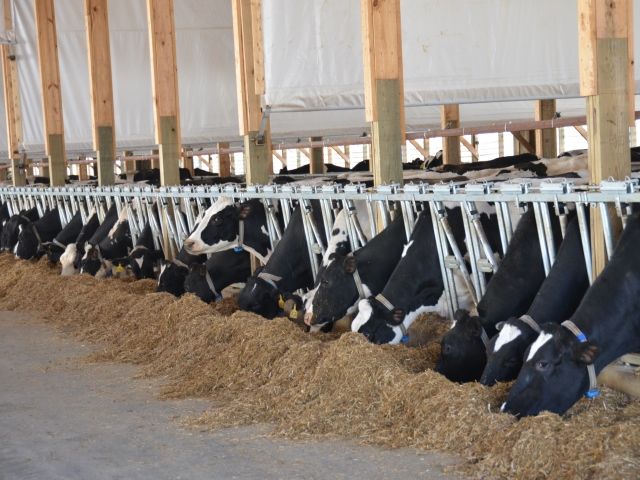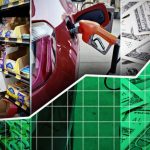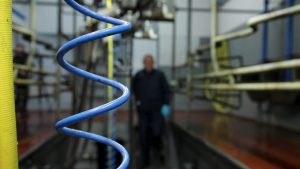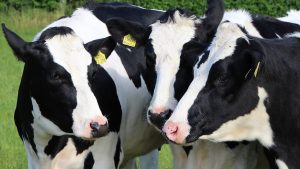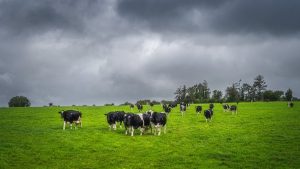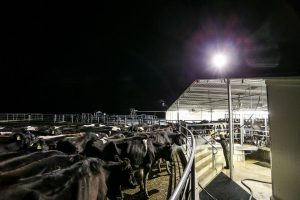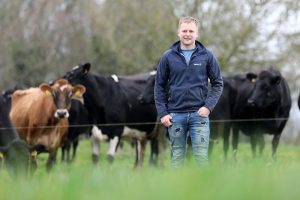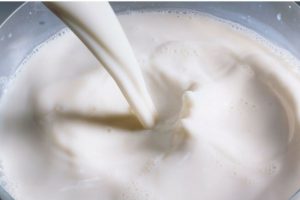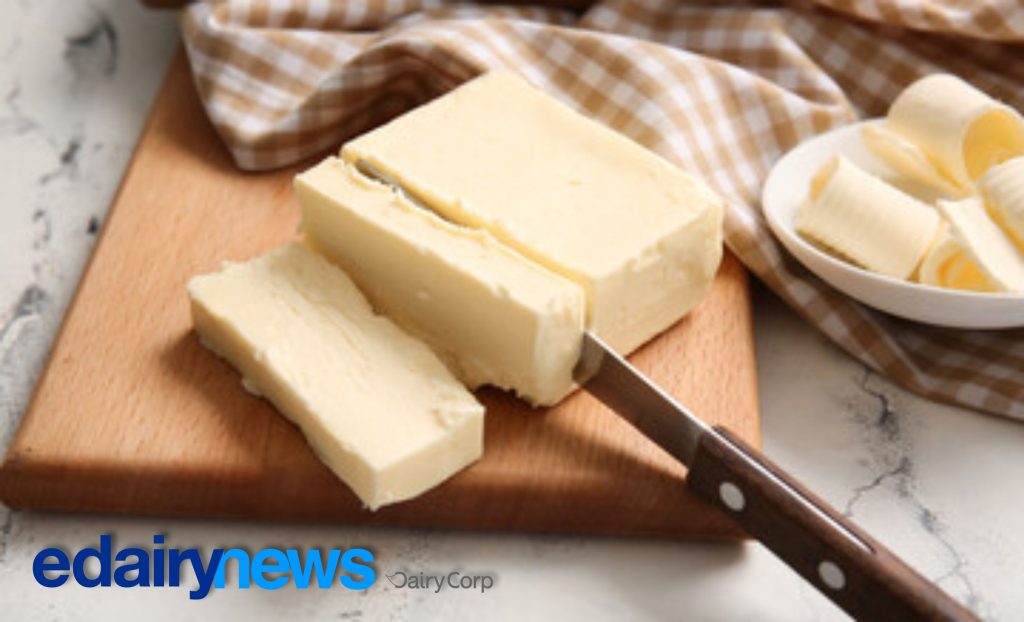
On the commodity side, CEO Ger Brickley noted a stabilization and increase in supply in the main milk-producing areas along with a decline in demand due to high product prices.
While there may be a decline in milk prices at the farm level to reflect a change in the supply-demand balance, there are some positive factors that should provide underlying support, including relatively low stocks, milk supply moderate in New Zealand and relatively high food prices that put a cap on the supply.
As for the CAP changes, agricultural consultant Owen O’Driscoll and his colleague Sean O’Mahony were on hand to outline in detail the changes that will come into effect by 2023.
These include the introduction of bands as a means of classifying the production level of all dairy herds, with a ripple effect on the allowable stocking rates for dairy farmers.
Options
When the new nitrate coefficient is affecting and restricting the desired stocking rate, farmers should consider reducing the number of animals to adapt to the new rules.
This can be by reducing the number of cows or by unloading of secondary animals, whether they are beef animals, empty cows or contract bred heifers to reduce the estimated nitrogen production of the herd.
Dr. Morgan Sheehy, director of ruminants for Devenish Nutrition, cautioned against underfeeding cows or drying cows out early as a strategy to reduce production and move the herd band from one band to another, reminding farmers that in the era of quotas such strategies tended to manifest themselves in fertility. and other health problems.
He stressed that the highest producing cows were 38% more efficient in terms of carbon footprint per kg milk solids and hoped this would be taken into account in future revisions as simplifying future cow genetics is a complete waste of money. efficiency.
Some farmers questioned whether to increase production by looking to produce more milk with fewer cows where cow numbers are limited.
Dr. Sheehy suggested that very high yielding cows are very high maintenance cows and require greater management skills for this to be an effective strategy.
Slurry export
However, returning to the current state of affairs, Owen O’Driscoll suggested that alternative options include exporting slurry, although this option comes with the caveat that it will become increasingly difficult to find homes for such slurry due to changes in The way the nitrogen percentage contained in the suspension is being calculated.
Under the new rules, effectively any given volume of sludge that now needs to be exported is more than twice the amount that would have been calculated under the old rules.
Along with larger amounts, those importing slurry will need to undergo soil tests where their storage rate exceeds certain levels of organic nitrogen, just to add a couple of additional complications, any imported slurry must be applied via spreader technology. low emission slurry.
The message here was to line up an agreement with an importing farmer earlier this year and make sure they can accept the import.
Farmers will and are already looking for additional land as an option to absorb the increased nitrogen load, but securing that land can come at a costly additional cost.
The Basic Payment Scheme plus greening as we know it is also being transformed into a BISS (Basic Income Support), CRISS (Complementary Redistributive Income Support for Sustainability) and Eco scheme payments.
Farmers present were encouraged to use the online calculator available at Agriculture.gov.ie to see how their payments will change over the next four years.
